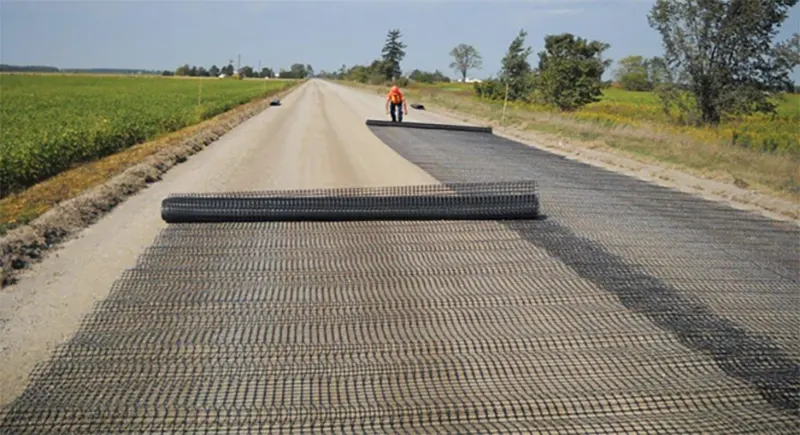Introduction to Geotextiles
Geotextiles are permeable fabrics that, when used in association with soil, have the ability to separate, filter, reinforce, protect, or drain. Typically made from polypropylene or polyester, geotextiles come in three basic forms: woven, non-woven, and knitted. Each geotextile types and uses has distinct characteristics and is suitable for specific applications in civil engineering, construction, and environmental projects.
Woven Geotextiles
Definition and Construction: About woven geotextile are manufactured by interlacing two or more sets of yarns at right angles. The weaving process produces a strong, durable fabric with high tensile strength and a relatively low elongation rate, making it suitable for applications requiring load-bearing capacity.
Properties:
- High Tensile Strength: The interlacing process provides woven geotextiles with superior tensile strength compared to non-woven varieties, making them ideal for reinforcement applications.
- Low Elongation: These fabrics exhibit minimal stretch, which helps maintain soil stability and structure.
- Permeability: Although











